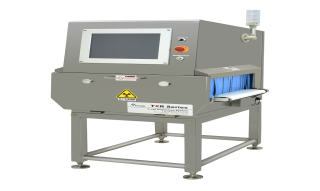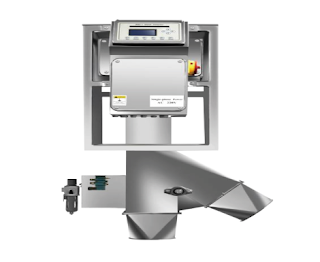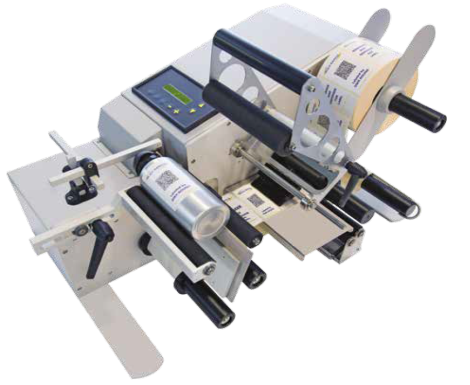Explaining Common Misconceptions About X-Ray Food Inspection
Australia is known for its booming food processing sector. One of the major factors behind this is the emphasis on food diversity, quality, and safety. This calls for the need for stringent food inspection methods. Therefore, more and more companies are incorporating food x-ray inspection equipment.
But not everyone might readily accept the idea of using x-rays for food! When a layman hears the term x-ray, the immediate thoughts that come to mind are broken bones or harmful radiation. But thankfully, x-ray food inspection is safe when set guidelines are followed (similar to any other application). Read more about some common misconceptions about x-ray food inspection and their reality.
Myth#1 X-ray makes food radioactive.
Some people might mistake X-ray radiation for a radioactive source, although this is NOT TRUE! The rays will immediately stop when the x-ray system is turned off. Thus, you don't need to be concerned about radiation while your system is not in use. In addition, food doesn't absorb X-rays nor leave any residues. The product passing through the food x-ray inspection equipment is exposed to a very low-dose x-ray for less than a second.
Myth#2 X-ray destroys the nutritional content of
the food.
Many of us are unaware that some nutrients are always destroyed during processing. While there is a chance that x-rays might cause vitamin loss, it is very minimal and comparable to losses while cooking, freezing, etc.
Myth#3 Foods treated with X-ray taste
off/different.
You might be surprised to know that irradiated food can sometimes taste better than non-irradiated ones. It doesn't affect the original food taste and helps some food items remain fresh for longer, such as fruits and vegetables.
Myth#4 Using radiation in food can cause cancer.
Since we learnt in Myth#1 that food doesn't absorb x-rays, there is no chance eating it can cause cancer. Several studies have been conducted so far, and no link has been found between eating x-ray-inspected foods and cancer.
Myth#5 X-ray can detect only large foreign
substances in the food.
Besides detecting large contaminants, it can even detect minor issues like glass splinters, sandstone, bones, lumps of salt, or even air bubbles and broken objects! Thus, you will be better able to detect anomalies and produce superior-quality products free of contaminants.
Myth#6 X-ray inspection equipment occupies an ample
space.
While X-ray inspection devices need extra room, you can easily control their impact on the floor space. For instance, choose downscaled models to fit the size of the facility dealing with small-sized commodities like sauce packets, chocolate bars, etc.
Conclusion
There is no doubt that an x-ray has a lot of potential for food product inspection. Since it is a relatively new idea in the manufacturing sector, one might often encounter misconceptions. If you have further queries, do not hesitate to get in touch with Optima Weightech. They are Australia's top trusted manufacturer and supplier of industry-grade machinery. Their food x-ray inspection equipment is specially designed for a range of applications. These machines comply with ISO-FDA HAACP and BRC, having all the necessary safety systems, making them completely reliable and productive.




Comments
Post a Comment